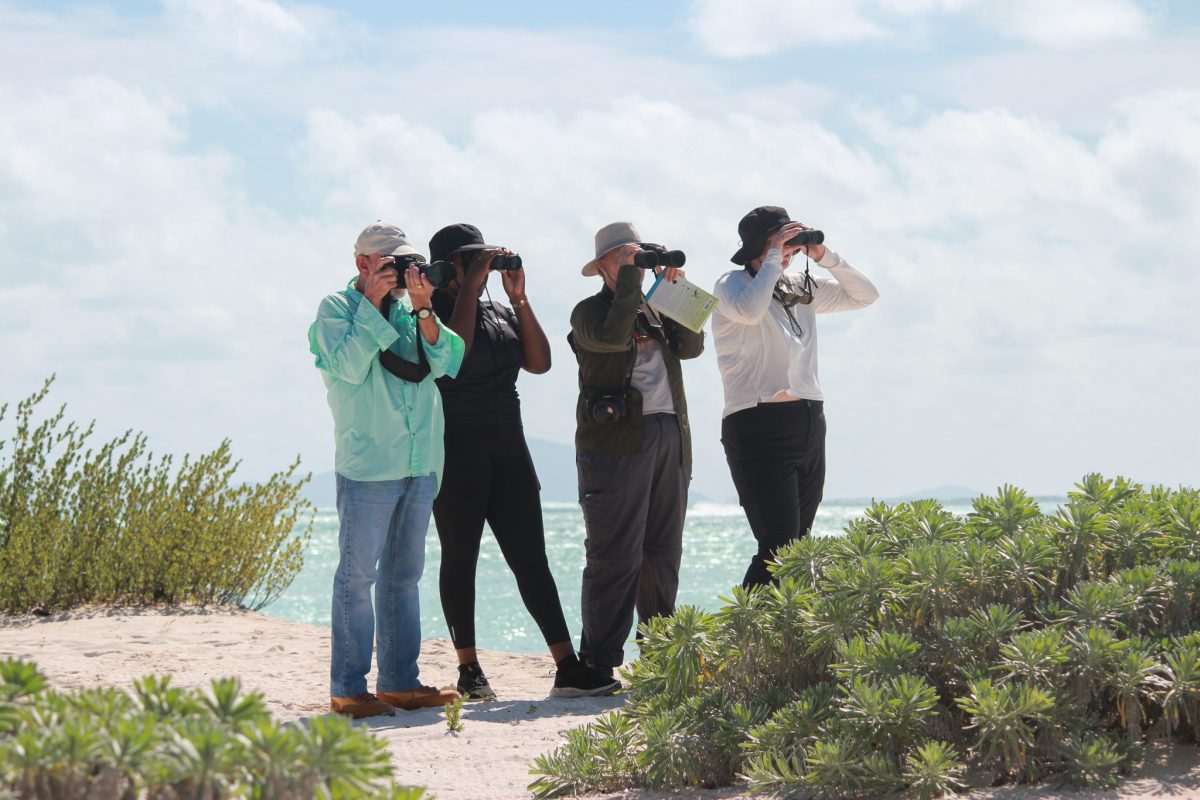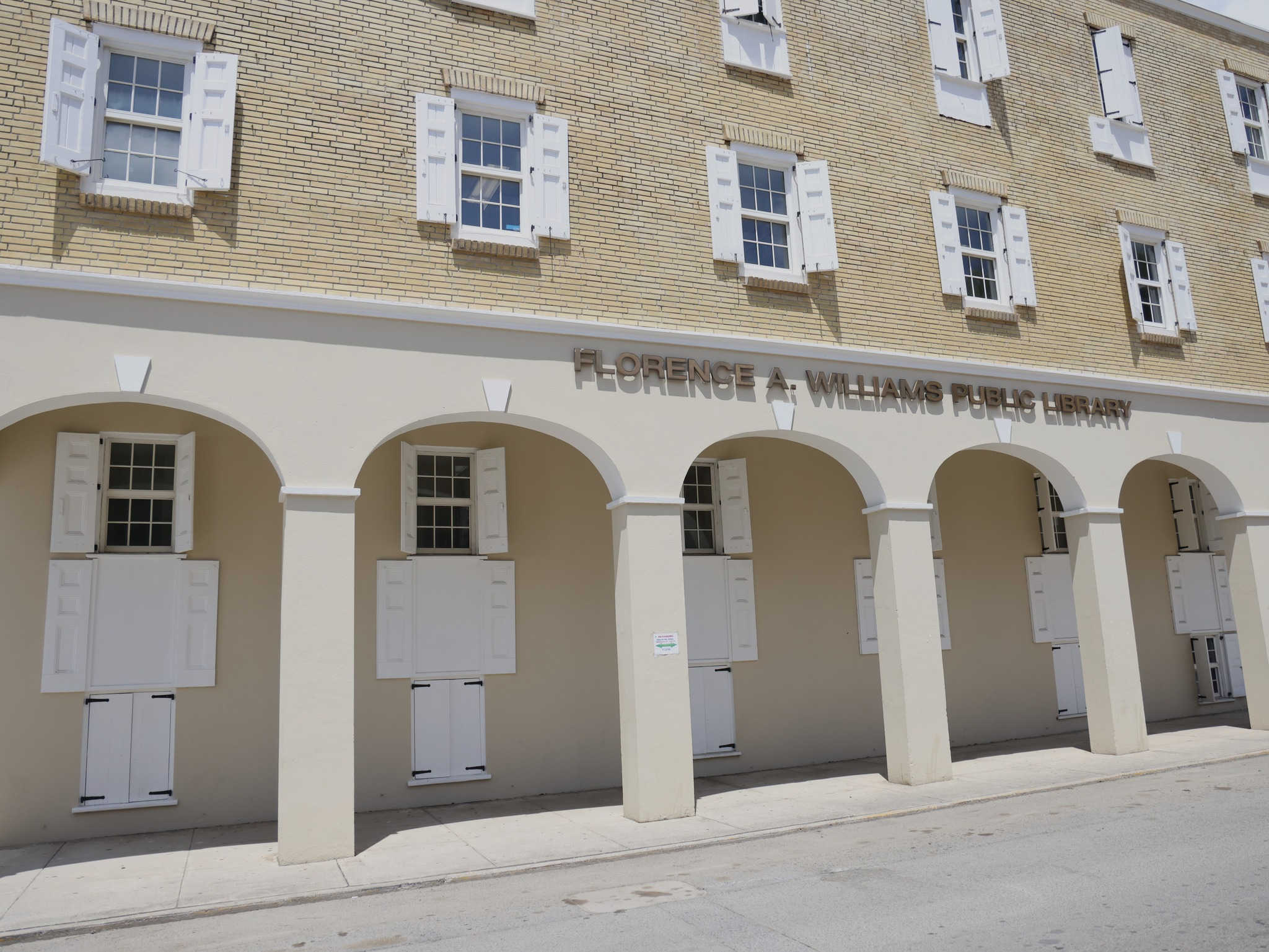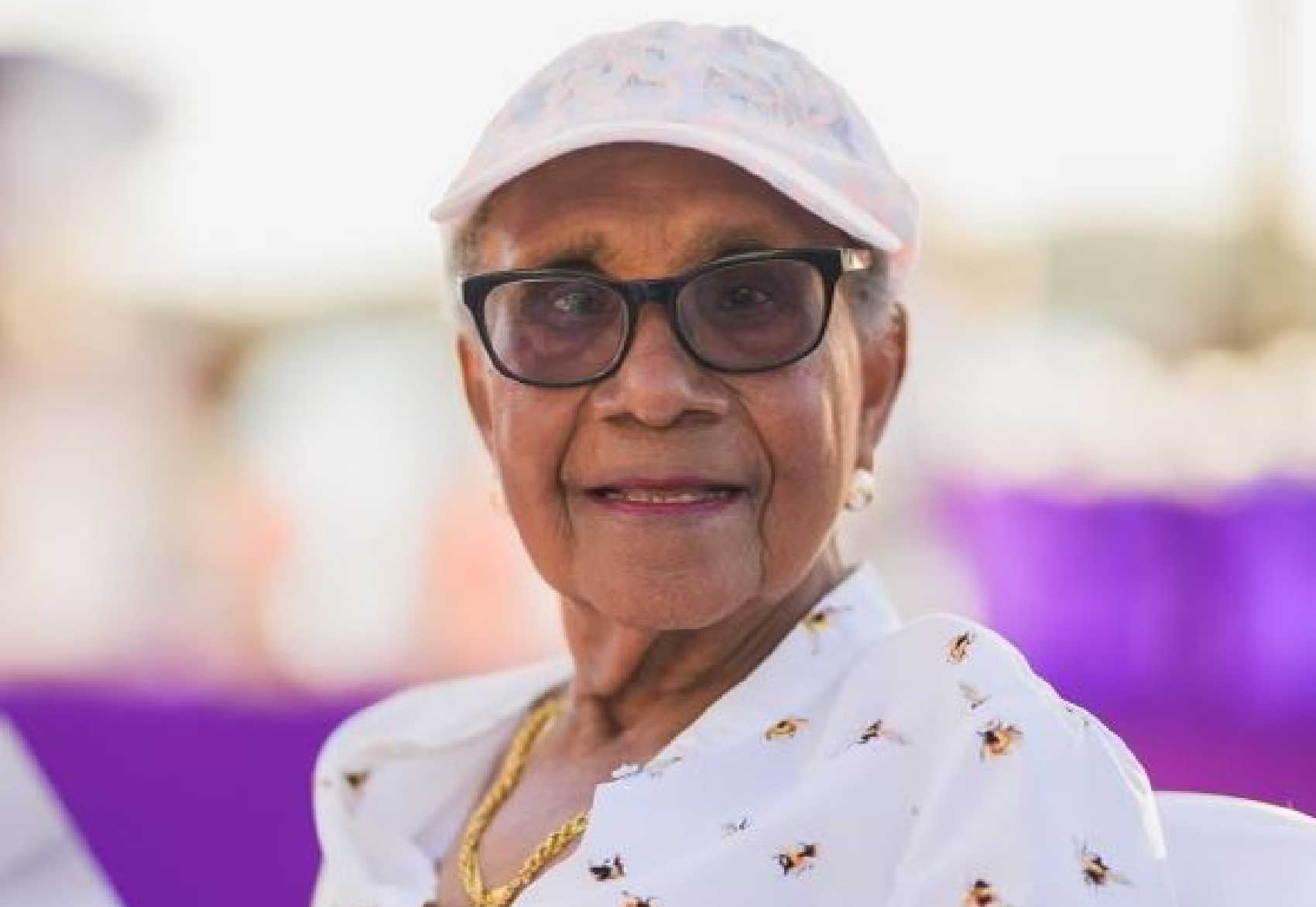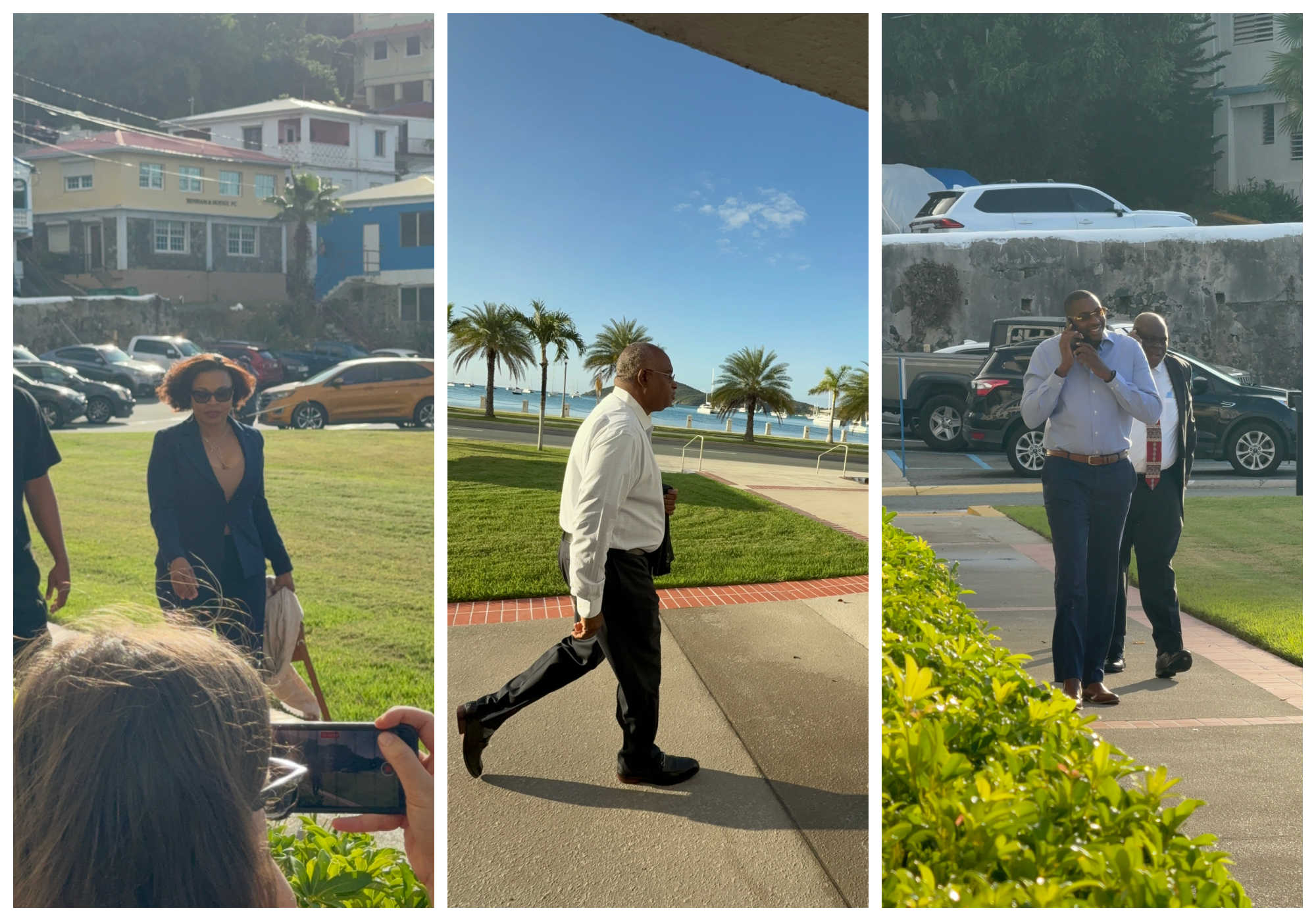

The team of birders piled into a truck on Anegada on Monday to make the usual route around the island for the National Audubon Society’s annual Christmas Bird Count.
Led by Nancy Pascoe, the deputy director for science, research and environmental policy at the National Parks Trust, the team spotted 35 species and a total of 630 birds on the sister island.
Through a separate count on Tortola on Dec. 28, 53 species and a total of 390 birds were spotted.
The numbers will be submitted to the Audubon Society, a United States-based organisation that gathers statistics from similar counts held around the world. The results sent to the Audubon Society will also include any new species that were spotted during the week of the count day.
“Basically, what you can do is you have the day that you’re counting, but you can also include count week, which is the week before it,” Ms. Pascoe said. “So if there’s species you see during the week that you don’t see on the day, you can include those.”
The count days on Tortola and Anegada were both windy, which can negatively affect the number of birds seen, according to Ms. Pascoe.
“The weather always plays a role into how much you see,” she explained, adding, “But that is why the count week is always really important.”
Also among the birders on Anegada was Virgin Islands ecologist Clive Petrovic, who described his observations after years of partaking in the annual count.
“I think that the trend — this is just my feeling, you know, without going back to look at the data — but my feeling is that the migratory and wintering birds — things like little land birds, warblers and things, and finches that come down from up north, or water birds — that the numbers are down,” Mr. Petrovic said. “I’m not sure whether it’s precipitously down … overall, but I would say just, yeah, the numbers aren’t what they used to be.”
He noted that the decline could be due to a variety of reasons including climate change and human activity in the VI and around the world.
After Hurricane Irma in 2017, he said, it was “easy to explain” why the land bird numbers were down for that year. He added that it “ took them several years to rebound.”
He also noted the environmental changes he has seen.
“[There are] some places where we used to go, ponds that we used to go and count birds, that now don’t exist anymore. You know, they’ve been filled in and stuff,” he said. “So obviously, then, those numbers that used to be there aren’t, and they’re not made up on any other ponds. So there’s going to be a gradual drop.”
Besides spotting birds, Ms. Pascoe and Mr. Petrovic said they also pay attention to general environmental issues during the count.
At one point, for example, Ms. Pascoe stopped the truck to photograph evidence of sand mining near Anegada’s northern shoreline.
“So something like that, the sand mining, it’s not something that we deal with at the National Parks Trust, but I would certainly share information with my colleagues in other departments,” she said. “ So I find that at least even if I can take a picture sometimes — it’s a great feature on WhatsApp that you can take a photo, share your location — and then I can just instantly share with my colleagues so that we feel that we can at least report things that they could then at least follow up on.”
She also stopped to point out various invasive species on the island.
Mr. Petrovic said that when he’s out counting birds on Tortola, he’s also counting the number of invasive green iguanas that he sees.
“Birds live in an environment,” he said. “And we — those of us that are out there in the field — we’re looking at all the different parts of it.”
Information gathered on bird counts, he added, can help scientists gain a better understanding of that environment.
“Birds — partly because [of] their lifestyle and everything — they respond quickly to environmental changes. More quickly than, you know, a forest,” he said, adding, “And partly we notice it because birds are visible. Insect populations are also crashing. But most people don’t see that.”
Such information can benefit scientists in other disciplines, according to the ecologist.
“Obviously, the goal is to understand what’s going on and then, more importantly, ‘Well, what do we do about it?’” he said.
Ms. Pascoe said she was very pleased with the participation in the counts on both islands.
“The main thing that I’m really happy about is that we had a really good turnout of people,” she said.
The team for the Anegada count, she added, was among the largest she has seen in the 26 years she’s been leading the trip.
Besides Ms. Pascoe and Mr. Petrovic, the group included Nandi Christopher, an intern at H. Lavity Stoutt Community College who is currently researching bird diversity across several salt ponds on Tortola; Olivia Rees, a biologist with an interest in birds who was participating in her first VI bird count; and Phillip Fenty, a bird photographer who has participated in the Tortola counts in the past but was taking part on Anegada for the first time.
The turnout for the count on Tortola on Dec. 28 was high as well, Ms. Pascoe said.
“I would say like at least 10 people [participated on the day], which doesn’t sound a lot, but for a small island, we don’t have a lot of people currently who are, you know, birding,” she said. “So these kinds of counts, it’s really great to get new people interested.”
She said later that 15 people participated in the Tortola count. She added that participants had fun and were surprised at what they saw.
“That’s really what we’re trying to go for, as well as [getting] the information, because you really do need more people to help you count all over. … If it’s just a few of us, [then] I have to cover more areas or Clive has to. And then you can’t spend as long in each area,” she said. “A lot of birding is just the longer you can patiently sit and wait, the more likely you are to see things.”
The VI has participated in the Christmas Bird Count since 1988, sharing the number of birds counted and their species, the number of participants, the number of hours spent counting, and information about the weather on the day of the count.
“It’s important for us to share that information back with National Audubon Society,” Ms. Pascoe said. “So not only are we gathering this information for us locally, we’re sharing it, you know, internationally, and it really tells a lot about what’s going on globally with bird movement.”

The count is also beneficial to the local community.
“It creates awareness about the environment,” Mr. Petrovic said, adding that participants can share their experience with others.
Ms. Pascoe said she would like to encourage more people, especially youths, to take up the activity.
“Just get a pair of binoculars and just start looking,” she said. “It is a great activity to do amongst families, people looking for things to do. Just start looking.”
She also noted that anyone interested in wildlife photography can contribute.
“There’s a lot more people who are into wildlife photography who just like to take pictures of birds, plants, animals, whatever, and then they share them, but they’re not necessarily birders, but they just like to take photos,” she said. “But that’s a really great way of capturing information.”
Both Mr. Petrovic and Ms. Pascoe said they would like to have an annual count on Virgin Gorda as well, but they would need to find enough people to make it work. It may happen soon: Ms. Pascoe was recently contacted by a birder on Virgin Gorda who plans to start an eco-birding club with students and hopes to participate in the next annual bird count.
Related News

Christiansted’s Florence A. Williams Library Closed Until Further Notice Due to Burglaries

Alda Monsanto’s Passing Mourned by Merchants Commercial Bank and Virgin Islands Community

Padded Invoices, Lavish Trips, Cash Bribes — Current and Former USVI Officials Charged W...

